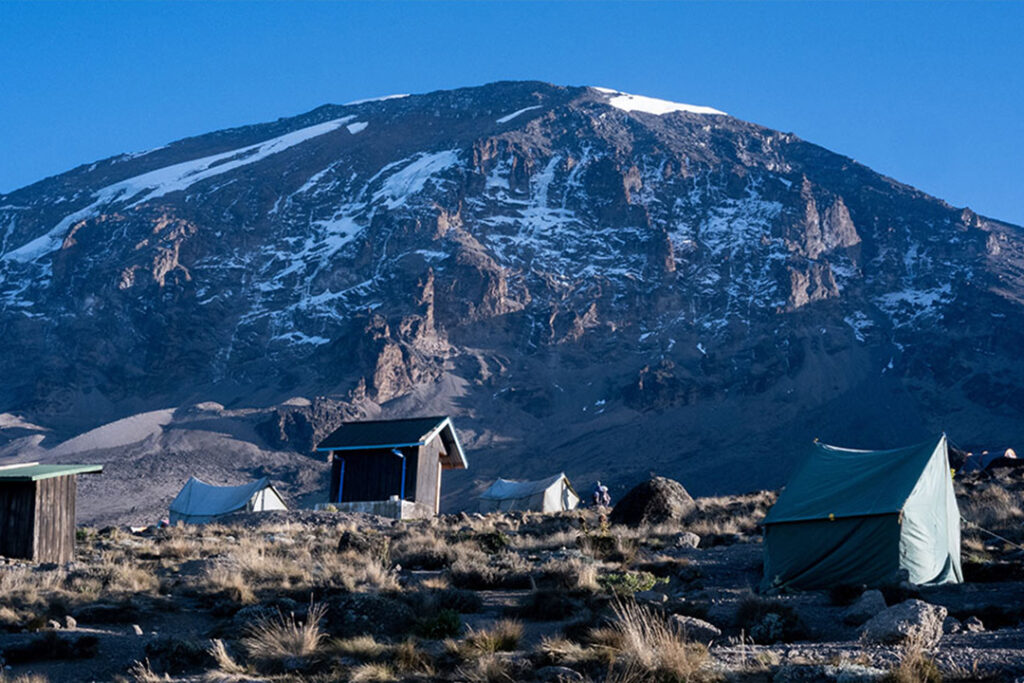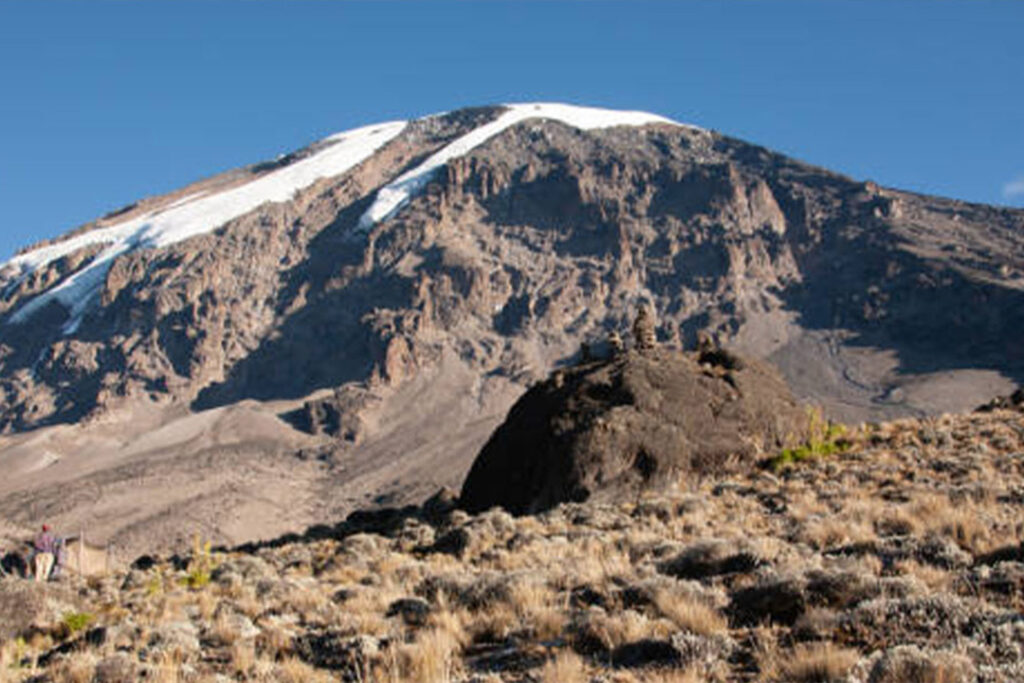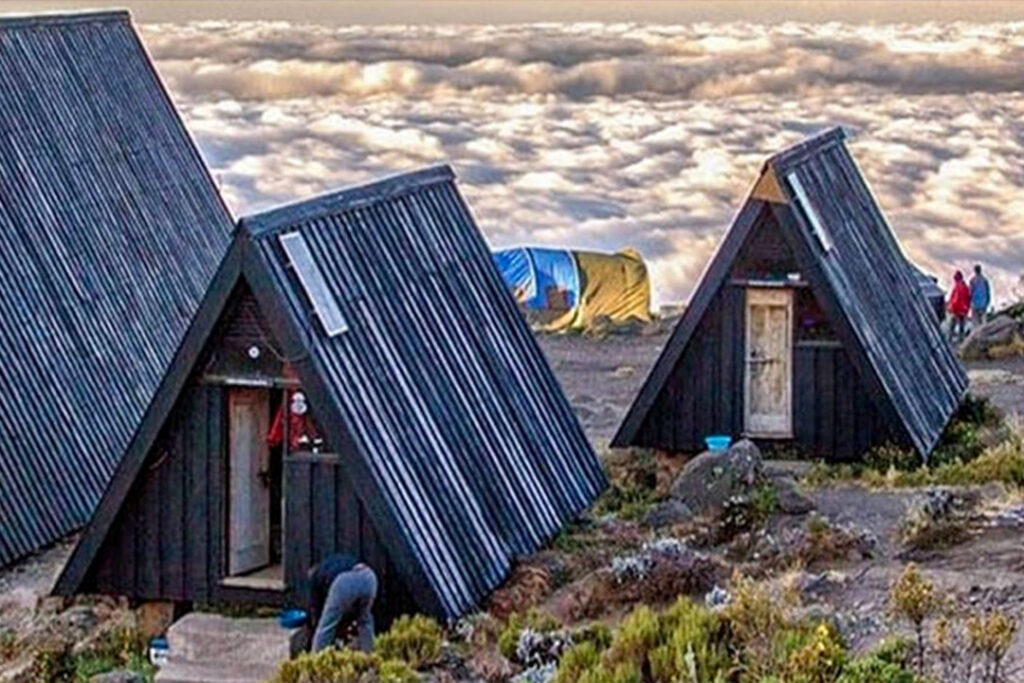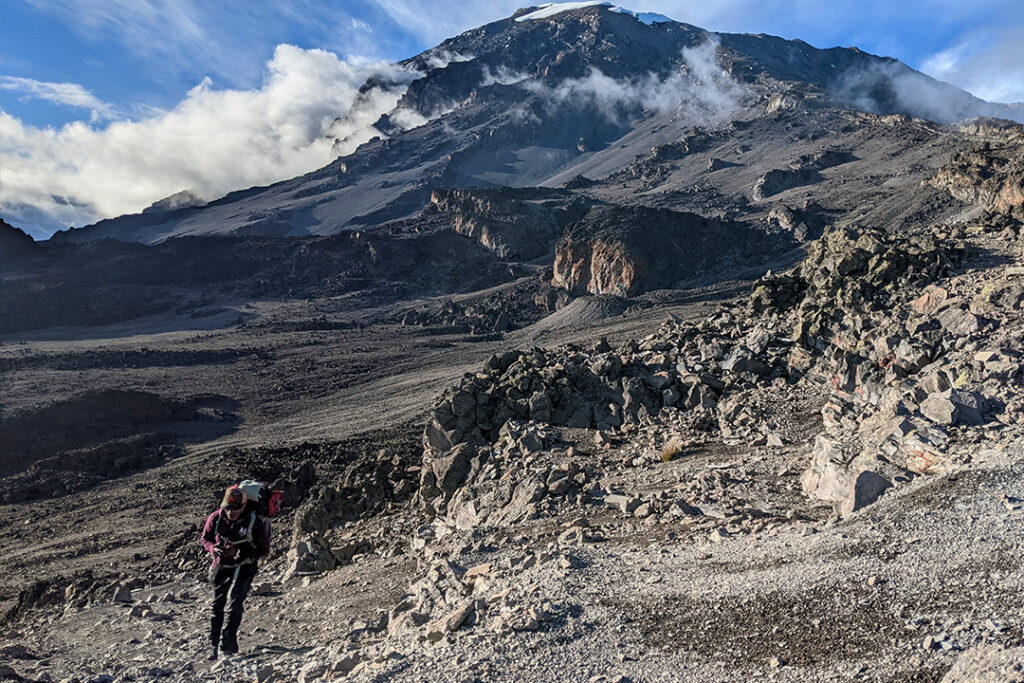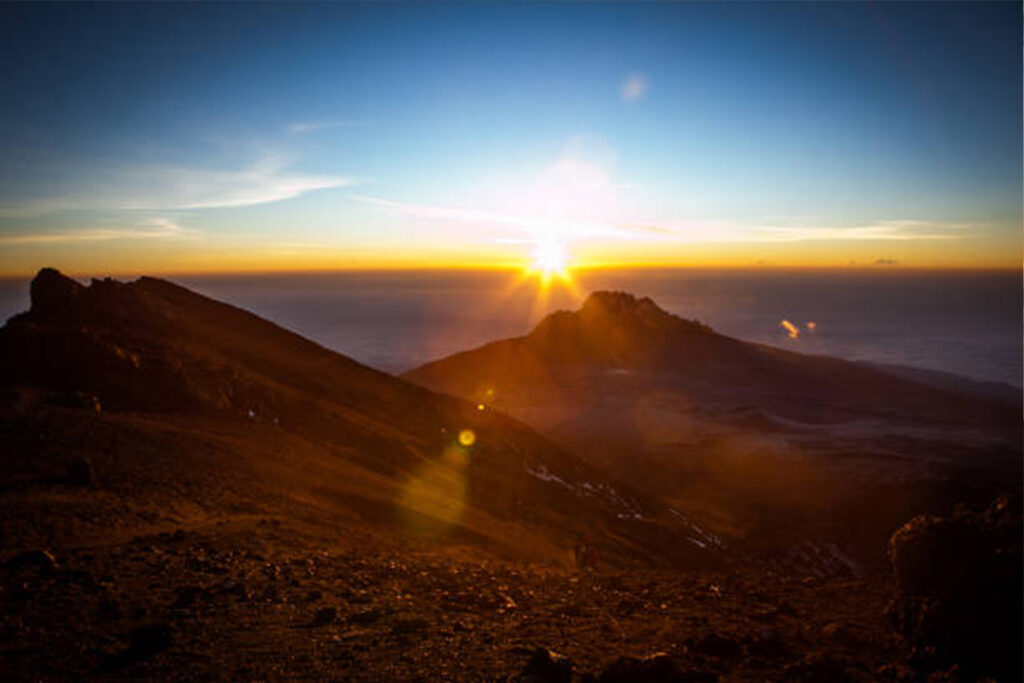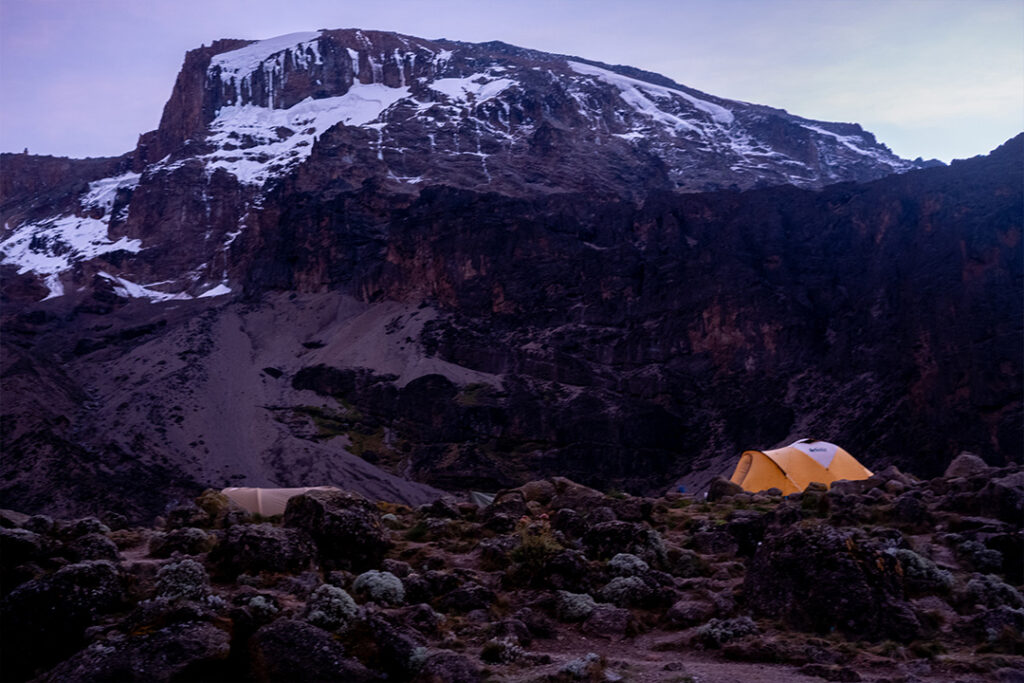KILIMANJARO CLIMB
Explore all relevant info for your successful Kilimanjaro Climb
The What, Where and When of a Kilimanjaro Climb
What Kilimanjaro Climb entails
Mount Kilimanjaro, the world’s highest free standing mountain and Africa’s highest mountain has three peaks named Shira, Mawenzi and Kibo. However, Shira peak was destroyed a long time ago, so there remains just Mawenzi and Kibo peaks. Kilimanjaro climb entails climbing to Kibo or Mawenzi peaks. However, Mawenzi peak requires technical skills and special permission to ascend to, for that reason, Kilimanjaro climb usually refers to climbing the mountain with the intention of reaching the summit of Kibo Peak as it requires no technical skills.
Everyone client who wants to do Kilimanjaro climb requires a certified local Kilimanjaro guide and support team of porters. There are multiple routes to the summit of Kibo, hence you need to make a choice of the route you will take. The routes are named after the villages where they start, hence we have Marangu route, Umbwe route, Machame route, Lemosho route and Rongai route.
Kilimanjaro climb is not just about getting to the summit. It is a hike full of excitement, life lessons, personal discovery, unique wildlife and plants viewing. The mountain provides picture perfect breathtaking views and the company of our amazing Kilimanjaro porters and guides will make this experience unforgettable!.
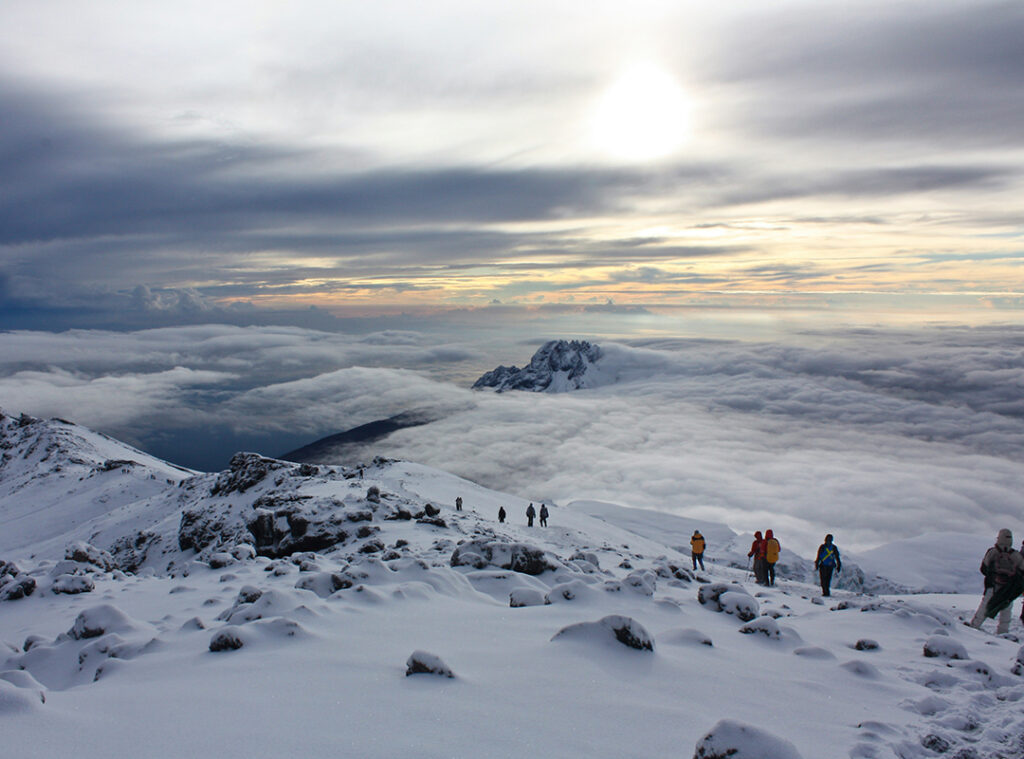
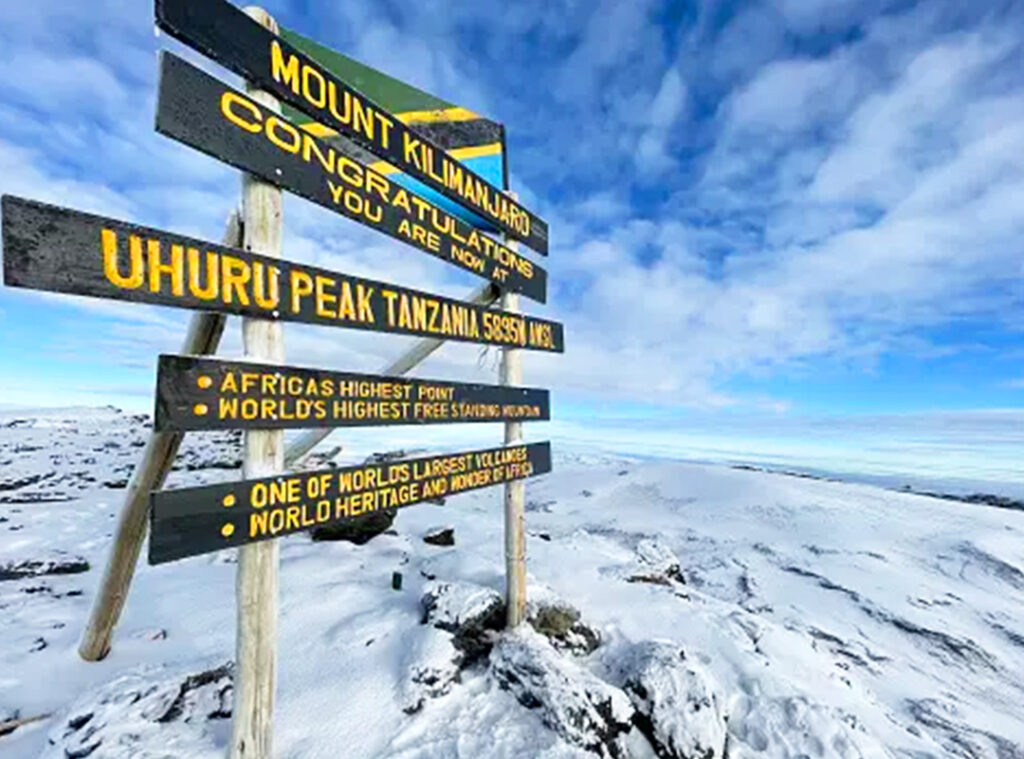
Mount Kilimanjaro : How to get there
Mount Kilimanjaro is located in the Kilimanjaro region of Tanzania, East Africa. The most convenient way to reach Kilimanjaro is via Kilimanjaro International Airport (JRO), serviced by major airlines such as KLM, Ethiopian Airlines, and Emirates. Alternatively, you can fly into Zanzibar or Dar es Salaam and connect to Kilimanjaro International Airport.
The closest towns to stay in before your climb are Moshi and Arusha. We recommend staying in Moshi, as it is closer to most of Kilimanjaro’s starting gates compared to Arusha.
Kilimanjaro routes are divided into three geographical sides. The western, the Eastern and the Northern sides of Mount Kilimanjaro. The lemosho route is on the western side. The Eastern side has the Marangu route where as Machame and Umbwe routes are on the Southern side. The Rongai route starts on the northern side of the mountain.
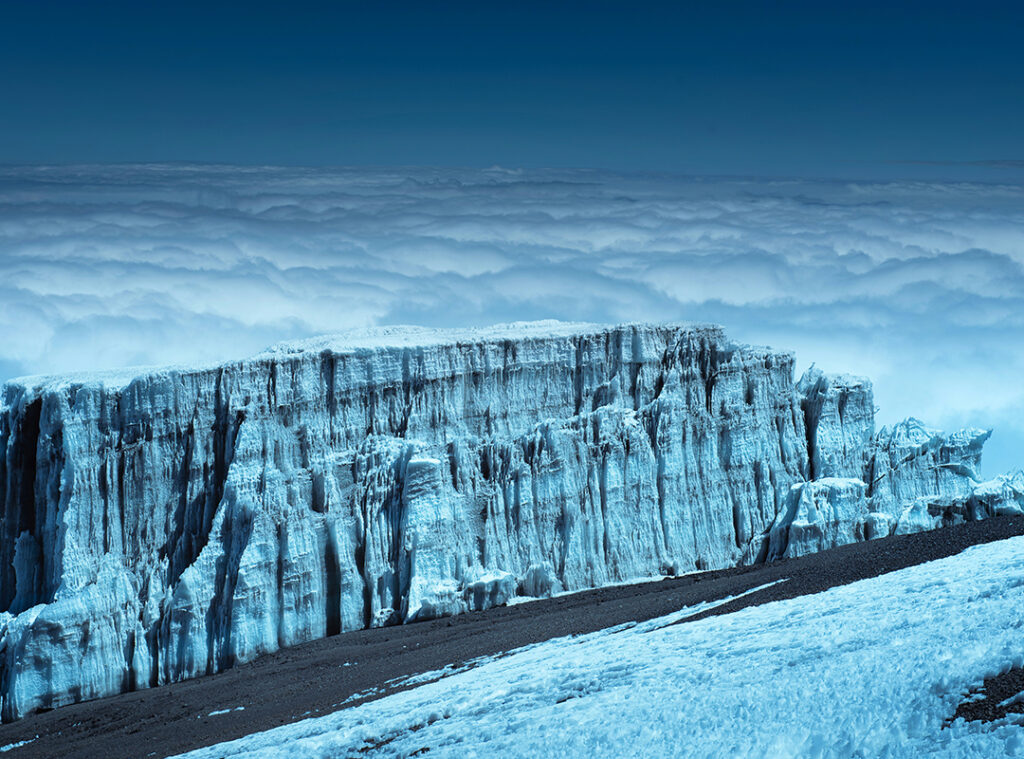
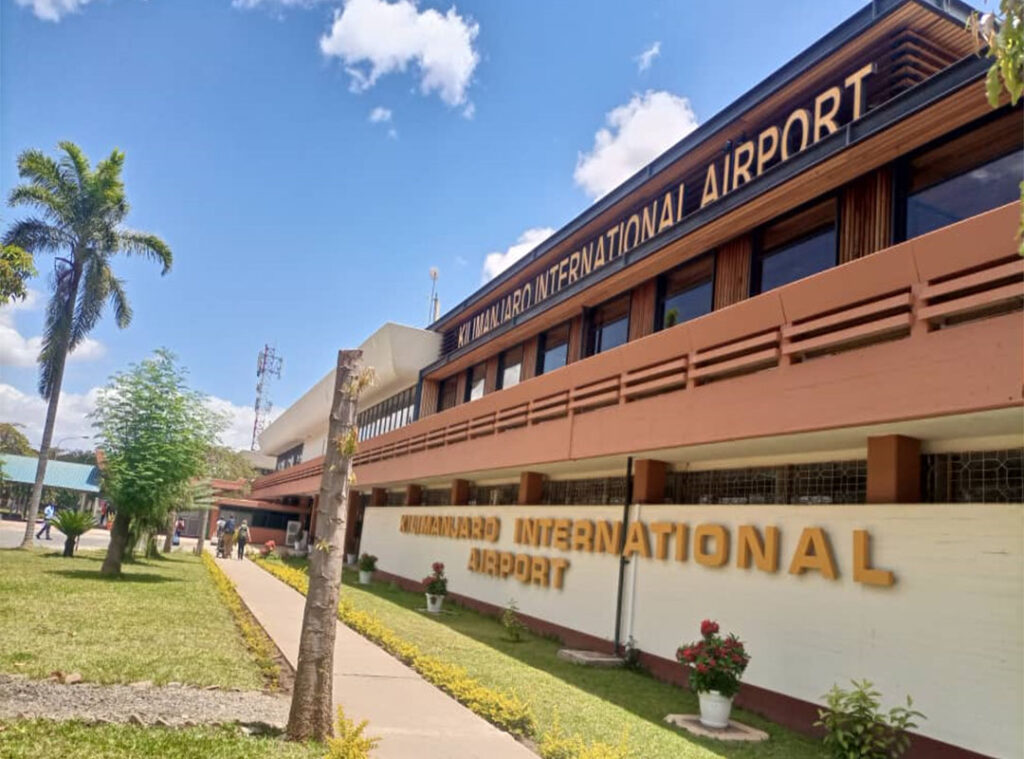
Kilimanjaro Climb : Sleeping Arrangements
When climbing Mount Kilimanjaro, your sleeping arrangements will depend on the route you choose.
The Marangu route offers hut accommodations with basic shelter, bunk beds, mattresses, solar lighting, dining areas, and simple washrooms. You will stay at Mandara Hut (2,700 meters), Horombo Hut (3,720 meters), and Kibo Hut (4,703 meters).
For the Machame, Umbwe, Lemosho, and Rongai routes, you will sleep in tents set up by your porters at designated campsites. These tents are sturdy and provide adequate shelter. The last camp before the summit push is usually Barafu Camp. After summiting, you will descend and sleep at a lower altitude camp like Mweka Camp.
Each campsite provides basic facilities, including toilets. It’s essential to bring a good sleeping bag suitable for cold temperatures, as nights on Kilimanjaro can be very cold.
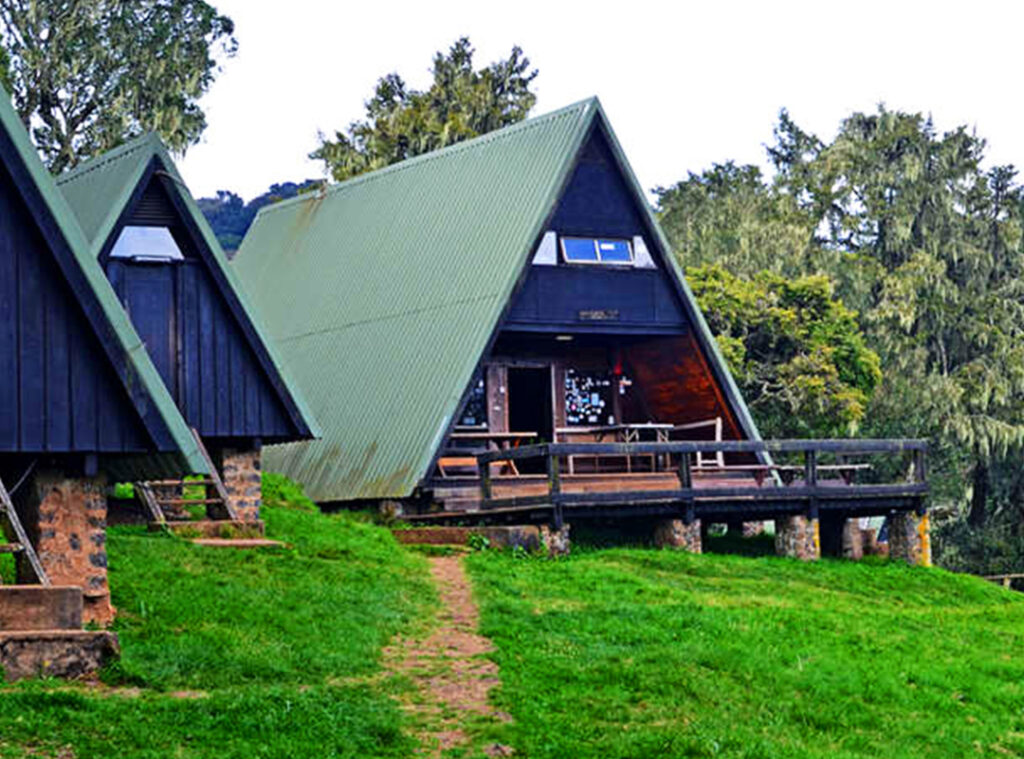
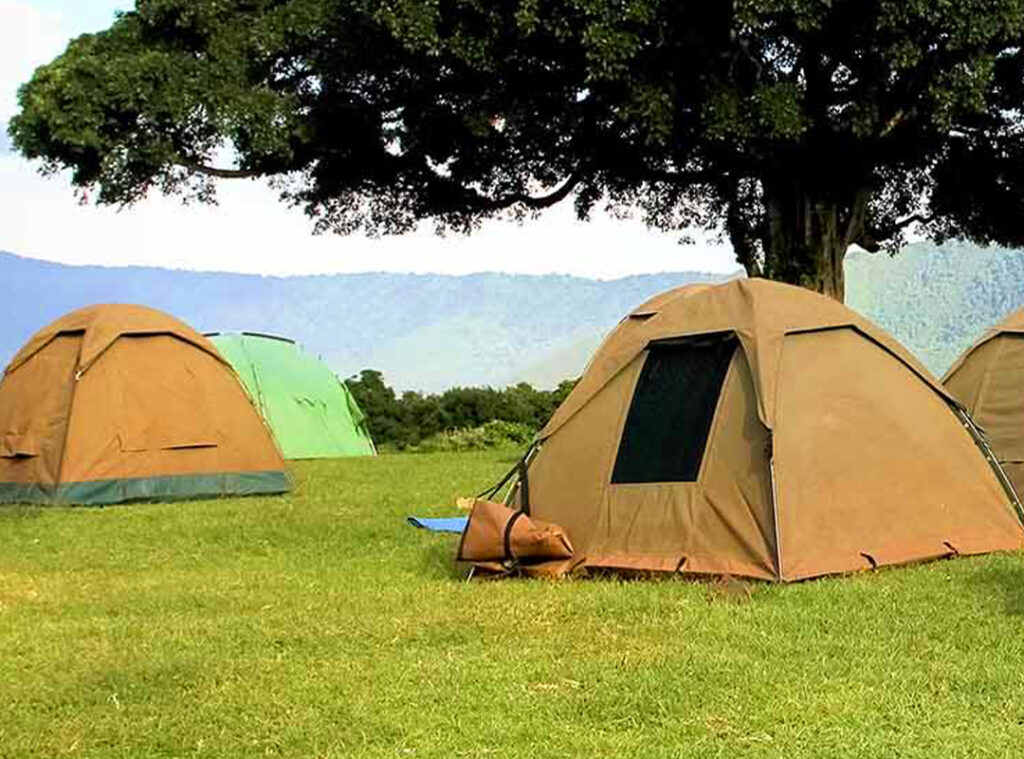
Breakfast, Lunch, Dinner During Your Kilimanjaro Climb
When climbing Mount Kilimanjaro, your meals will be planned to ensure you have enough energy for the trek. Here’s what you can expect to eat:
Breakfast: Start your day with a hearty breakfast to fuel your morning hike. Typical breakfast options include porridge, eggs, toast, pancakes, and fresh fruit. You’ll also have tea, coffee, hot chocolate, and milk available.
Lunch: Lunches are often packed and eaten on the trail. They typically include sandwiches, boiled eggs, chicken, pasta salads, and fresh fruit.
Dinner: Dinners are warm and substantial to help you recover from the day’s exertion. Meals often consist of soups, rice, pasta, potatoes, meat (such as chicken or beef), and a variety of vegetables. Desserts like fruit or cake may also be served.
Snacks: it’s important to snack regularly to keep your energy up. High-energy snacks are essential for the trek. Recommended snacks include energy bars, trail mix, nuts, dried fruit, fresh fruit, chocolate, crackers, cheese, granola bars, and jerky.
Hydration: Staying hydrated is crucial at high altitudes. Drink plenty of water and consider adding electrolyte tablets to prevent dehydration. Hot drinks like tea, coffee, hot chocolate, and milk are also available at campsites to help you stay warm and hydrated.
Dietary Restrictions: If you have any dietary restrictions or preferences, feel free to contact us so that we can customize and arrange your meals based on your preferences. We accommodate most dietary needs, including vegetarian, vegan, gluten-free, and other special diets.
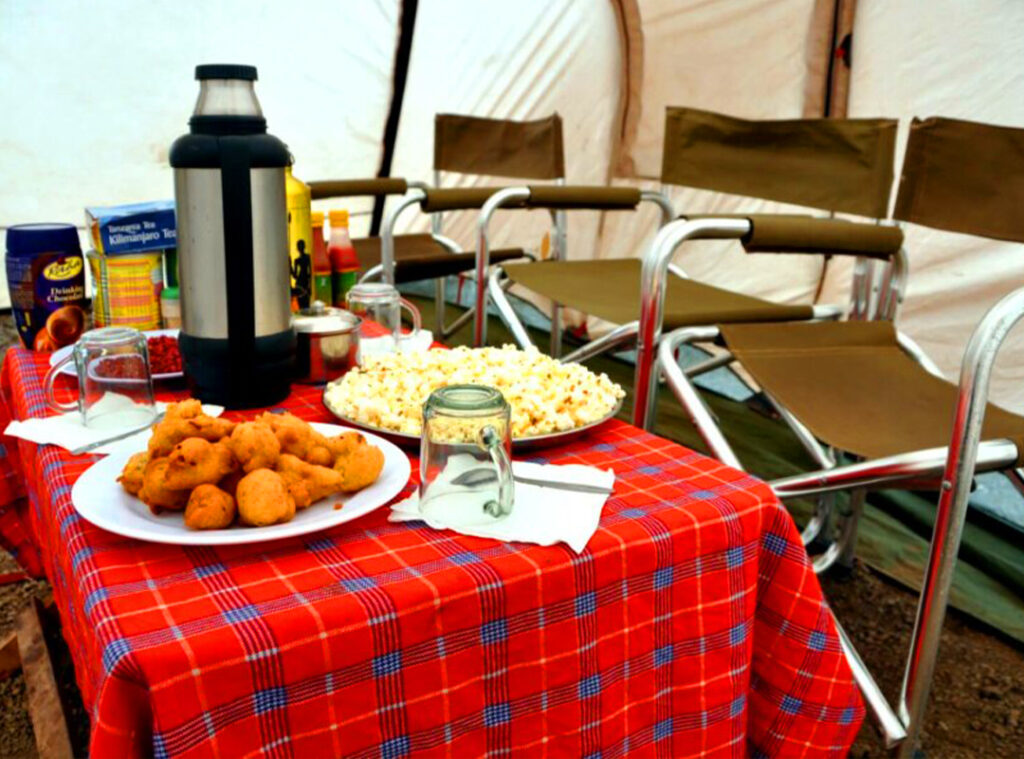

Kilimanjaro Climb: Route Highlights and Experiences
During your Kilimanjaro climb, each route offers unique sights and experiences.
The Marangu route, also called the “Coca-Cola” route, starts in lush rainforests and goes through moorlands and alpine deserts. You’ll see volcanic formations and a variety of flora and fauna.
The Machame route, known as the “Whiskey” route, begins in thick rainforests and passes through heath and moorlands. The Shira Plateau provides wide views of glaciers, and you’ll ascend to the summit via Barafu Camp.
The Lemosho route ascends gradually through rainforests and across the Shira Plateau, offering views of the mountain’s western slopes and volcanic landscapes.
The Umbwe route is challenging, ascending quickly through dense forests before joining the Machame route. It offers steep climbs and spectacular views of the surrounding landscape.
The quieter Rongai route starts from the north, crossing remote wilderness areas with views of Mawenzi peak. You’ll ascend to Uhuru Peak via Gilman’s Point, where you’ll see the crater and glaciers up close, reaching the highest point in Africa.
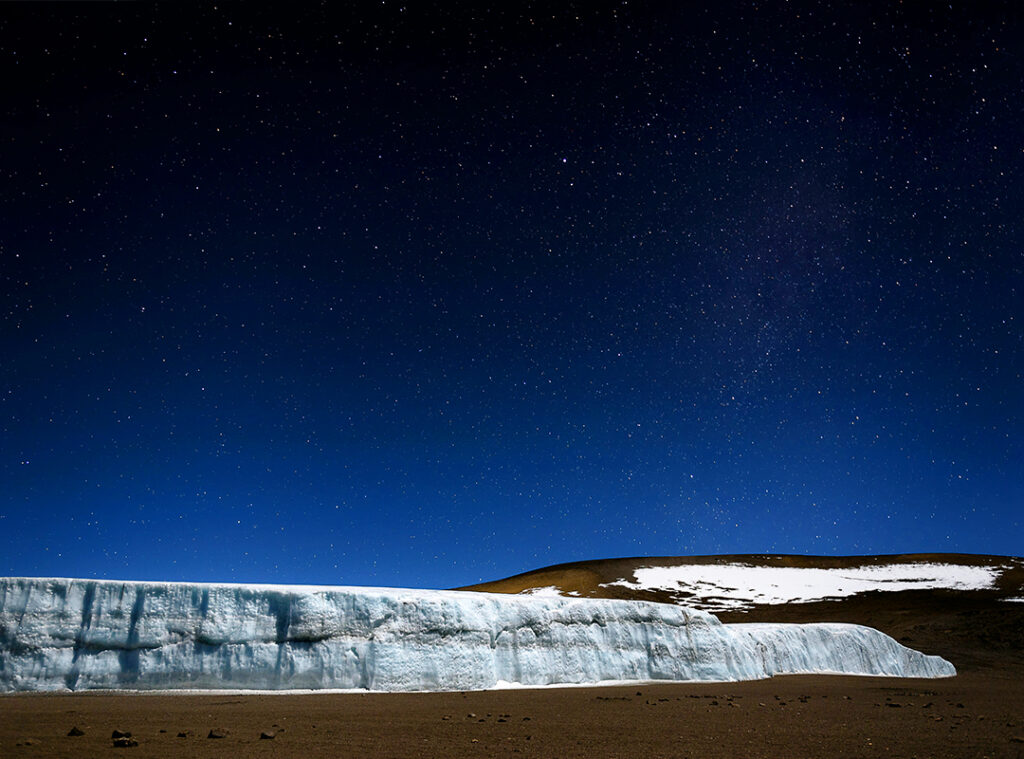
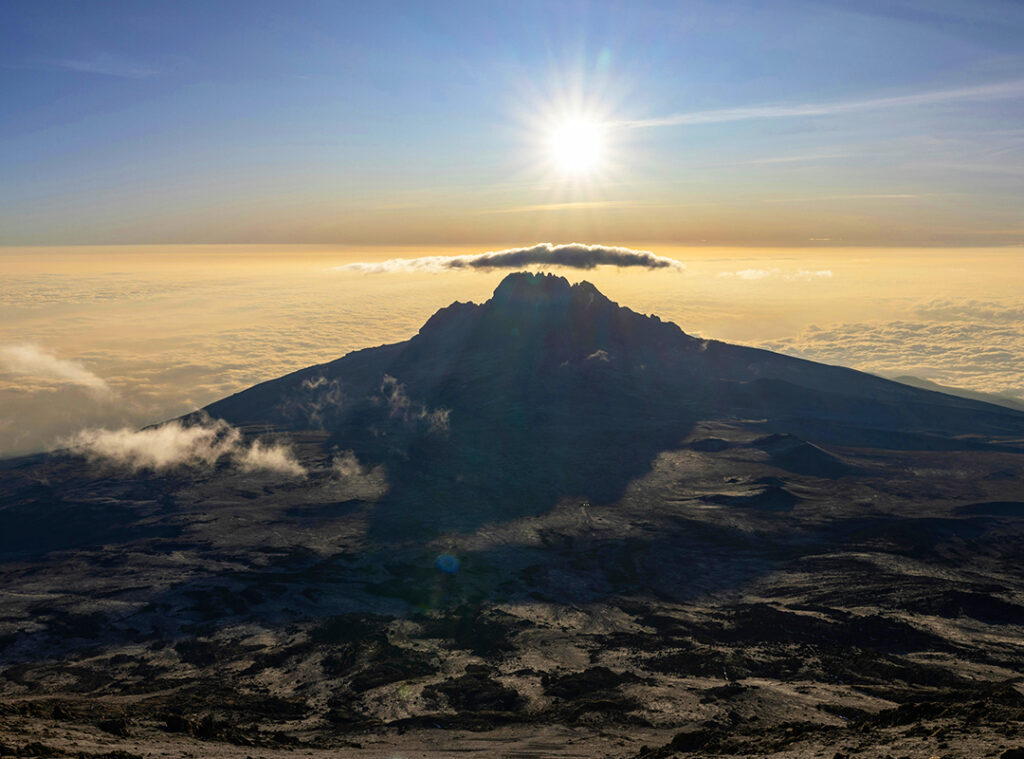
Kilimanjaro Climb: Health and Safety Tips
As you prepare for your Kilimanjaro climb, your health and safety are our top priorities. Here are some important tips to ensure a safe and enjoyable trek:
Altitude Sickness: Altitude sickness is common and can cause headaches, nausea, and dizziness. To minimize this risk, we recommend climbing slowly and allowing your body time to adjust. Our experienced guides will monitor your health closely. Please communicate with them if you feel unwell at any point.
Hydration and Nutrition: Staying hydrated is essential. Drink plenty of water throughout the day. We provide balanced meals, but we also recommend bringing high-energy snacks like energy bars, nuts, and dried fruits to keep your energy levels up.
Proper Gear: Ensure you have the right gear. Dress in layers to adapt to changing temperatures, and wear sturdy, waterproof hiking boots. A warm sleeping bag suitable for cold nights is also important.
Physical Fitness: Being in good physical condition will help you handle the trek’s demands. We suggest regular cardiovascular and strength training exercises before your trip.
Experienced Guides and Porters: Our certified guides and porters are trained to handle emergencies and are familiar with the mountain’s conditions. They will provide you with support and ensure your safety throughout the climb.
Safety Precautions: Carry a personal first aid kit with essential supplies, including any medications you may need. Our guides also carry first aid kits and oxygen tanks for emergencies.
Environmental Respect: We practice and encourage Leave No Trace principles. Please dispose of waste properly, avoid disturbing wildlife, and stay on marked trails to help protect Kilimanjaro’s environment.
By following these guidelines, you can ensure a safer and more enjoyable climb. Listen to your body, stay hydrated, and trust our team to guide you safely to the summit.
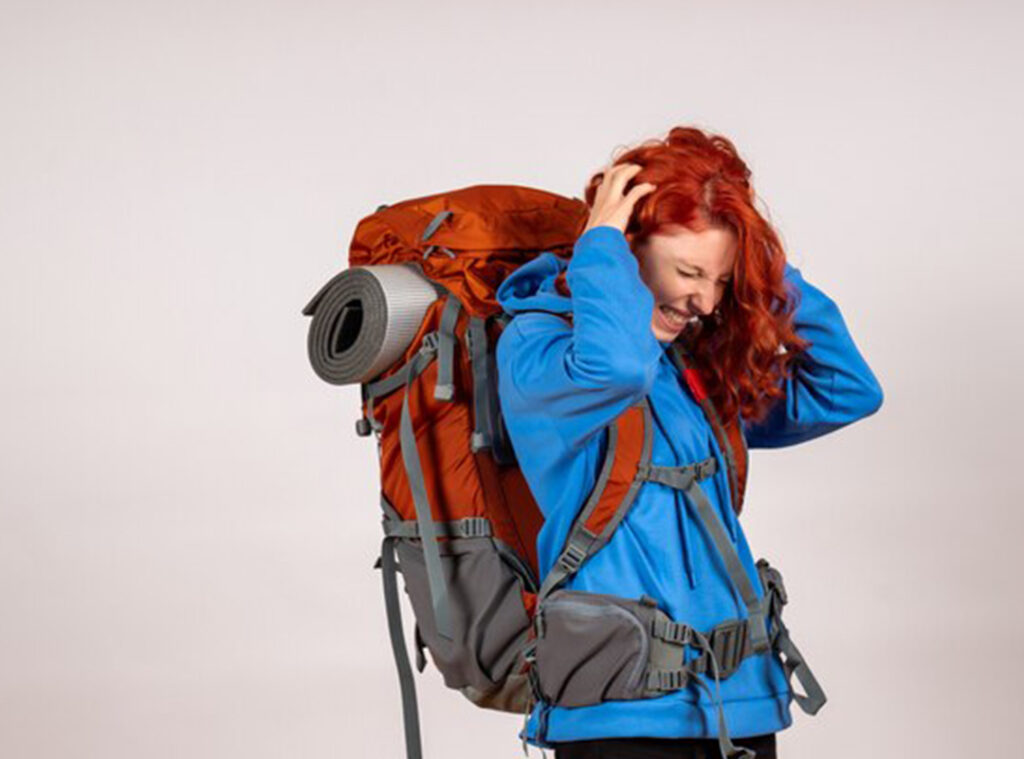
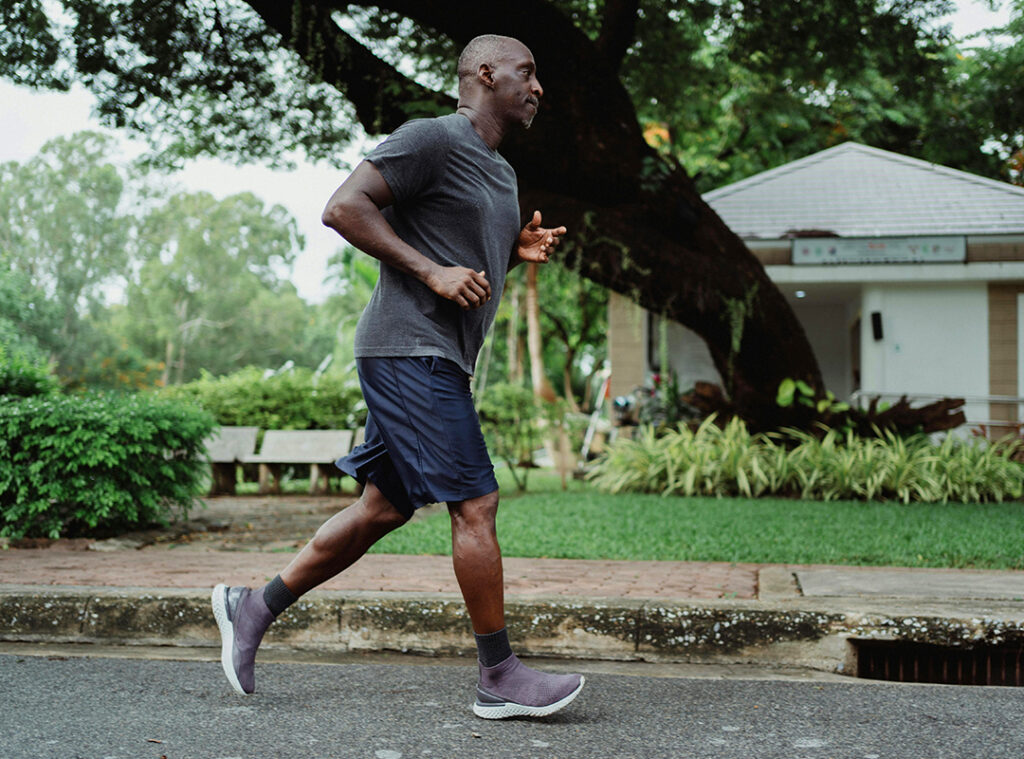
Kilimanjaro climb : When and how to do it
You can climb Kilimanjaro any day of the year, although certain months offer better weather conditions. The preferred climbing seasons are from June to October and from December to mid-March, when the weather is generally dry. During the rainy season, from April to the end of May, the Rongai route is recommended as it experiences little to no rain.
Choosing the right route is crucial for a successful climb. Each route offers unique highlights and challenges. Please contact us to customize your climb for the best possible experience and highest chance of success.
Click a Kilimanjaro climb package below to view additional route details, itinerary and pricing.

